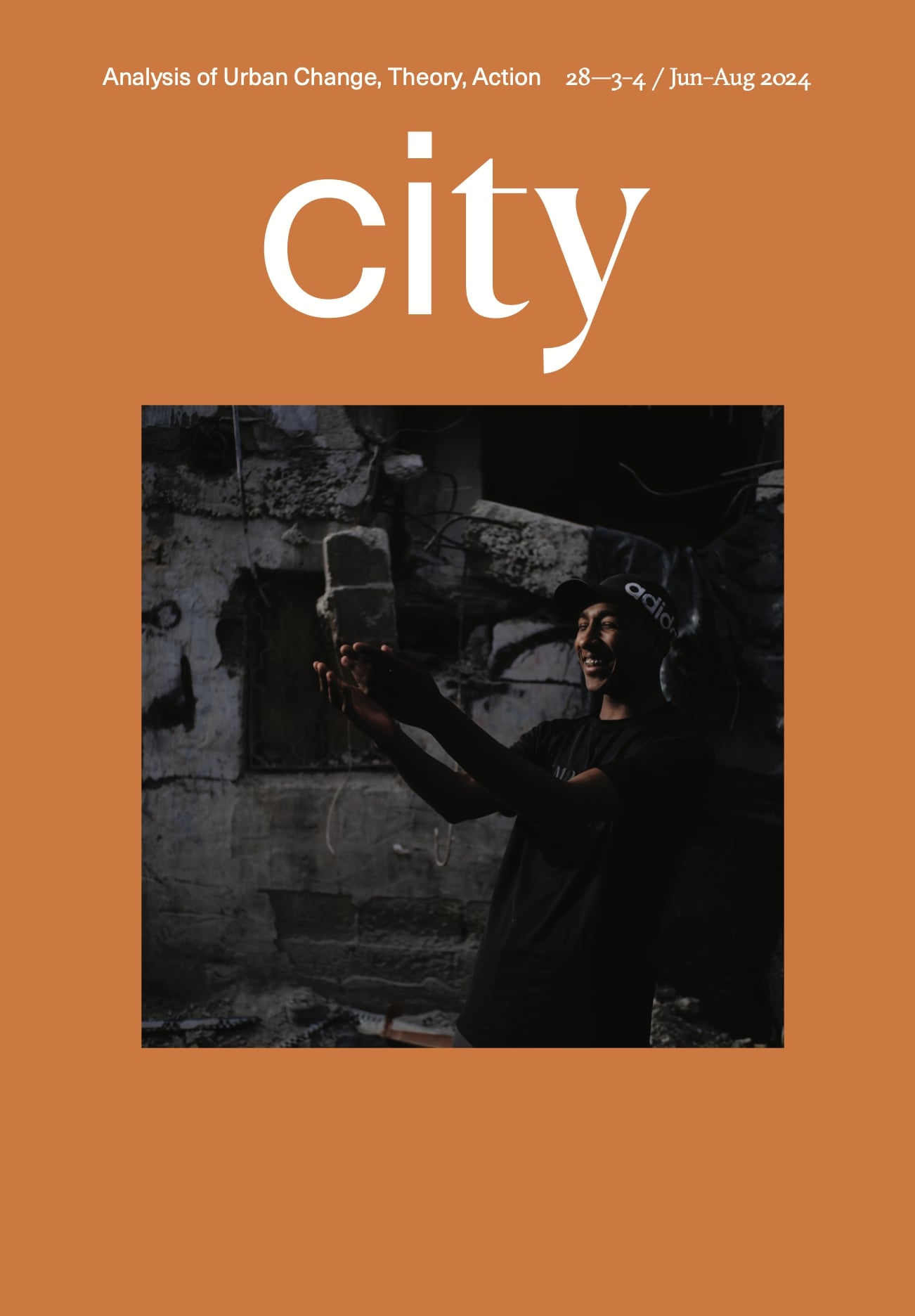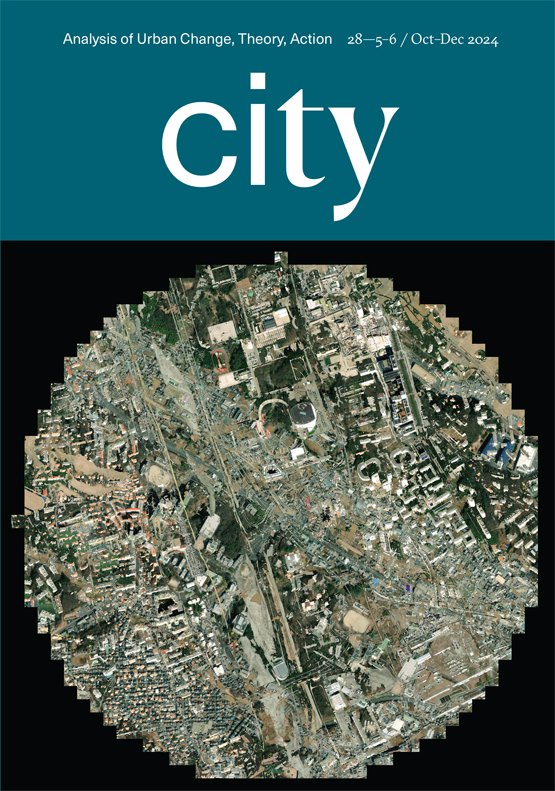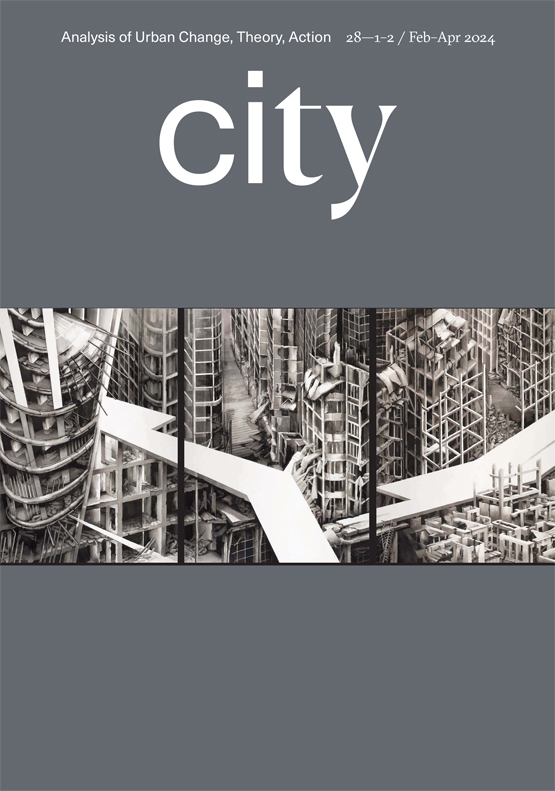founding editor: bob caterrall
editor: city editors
editorial: Forty million minutes: witnessing across generations
Ross Domoney, Antonis Vradis & Waleed Samer
What is the value of testimony? What kind of effect can it bring about? What kind of action may it incite, for example? It is probably a bit early for questions of such nature. First of all, then, allow us to introduce you to our project. This collective editorial reflects on our recent trip to the West Bank, Palestine in April 2024. Our trip was motivated by the desire to produce a film, as well as a series of reports and photos on the everyday life of inhabitants of the Bantustan-like cities of the West Bank. The original idea of the trip, then, was to focus on documenting the daily life of the residents of the West Bank. But we quickly realised that the term is not particularly useful in describing a condition where ‘everyday’ is nothing more than the interval between one disaster and the next. Furthermore, such catastrophes and their intervals are complementary, not opposing moments. There is no longer, in other words, rest or peace, only grief for the loss and fear of the future.
So there was a question of what to focus on, if it wasn’t for everyday life. For example, we could have chosen the material realities of these cities, cities that in many ways challenge our conventional wisdom about them being spaces of freedom, freedom at least from social norms and conventions, a safety in numbers that makes them the wonderfully peculiar spaces that have been the focus of this wonderful journal. So then, an occupied city is a contradiction in terms. And yet, we chose to focus not so much on the physical characteristics of the cities of the West Bank—the narrow alleyways, the tremendous density, the crumbling infrastructure—nor on the brutal everyday reality imposed upon them by the Israeli occupation. Rather, our focus has been on memory and witnessing. Why? Quite simply, because our conversations with our Palestinian comrades revealed, very quickly, that memory and witnessing were at the forefront of their struggle. But this decision was also driven by the fact that we felt that these dense urban settings could be ideal environments for these to be preserved, and to be carried forward.
Prior to commencing our trip, we knew that murderous raids by the Israeli occupation army had increased sharply after October 7, and also that a new generation of armed resistance groups had sprung up in several cities there, including Jenin, Nablus and Tulkarm. And so we ended up in the latter, in the northwestern West Bank, seeing as it was getting less coverage at the time. In addition, we knew that this city is home to both the camps of Nur Shams and Tulkarm, two of the refugee camps of 1948: urban areas hosting populations displaced in the Palestinian Nakba of that year. Finally, we consciously chose to remain in the area almost for the entire trip, knowing that in this way we would be more likely to witness one of the frequent Israeli army murderous raids, as well as all that precedes and follows these. Indeed, between April 18 and 20, the Israeli army carried out one of its most destructive attacks in the West Bank since the Second Intifada on the Nur Shams camp, killing fourteen Palestinians, including at least one child.
In the following pages, we share some thoughts between us who travelled to Palestine and were eyewitnesses to this attack (Ross Domoney and Antonis Vradis) and Waleed Samer, a resident of Nur Shams and our partner in the project. We commence, of course, from completely different starting points, with very different experiences and privileges, or the lack of the latter. But the core idea behind our project lies precisely in highlighting these differences: in Nur Shams we were united by our common hope for an end to the war not vaguely speaking, but marked specifically by Palestinian liberation.
click here to read the full editorial.





